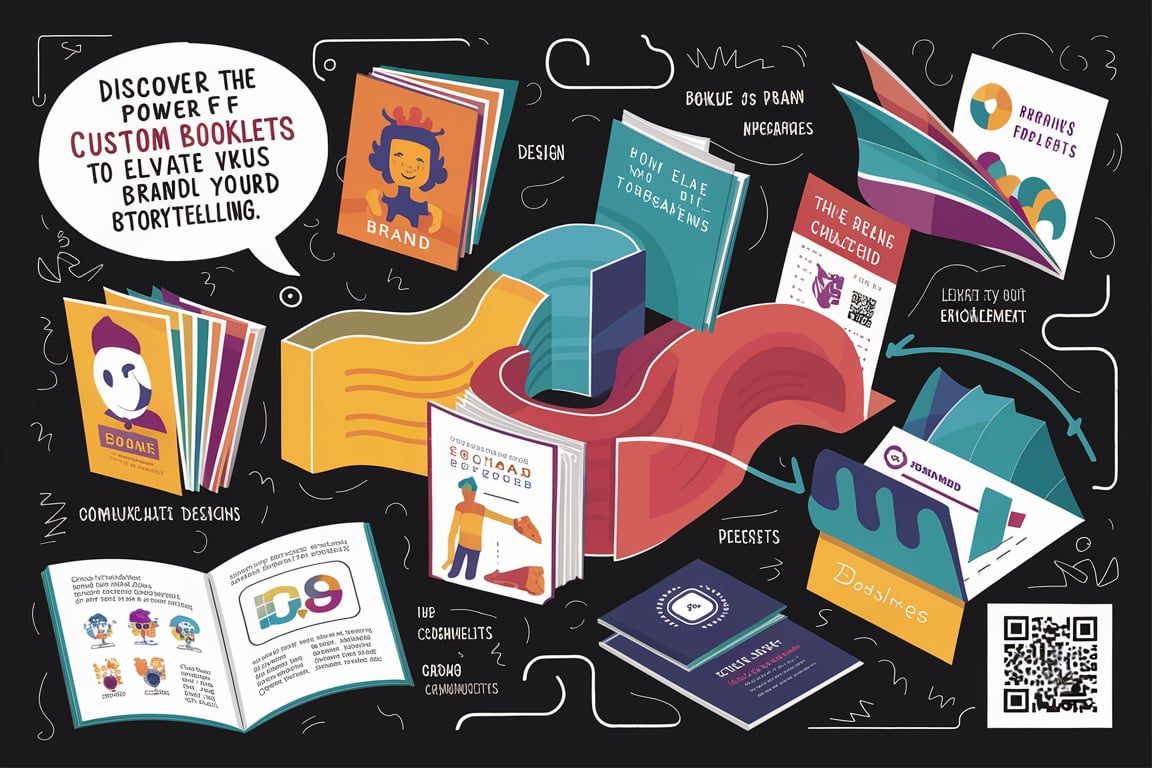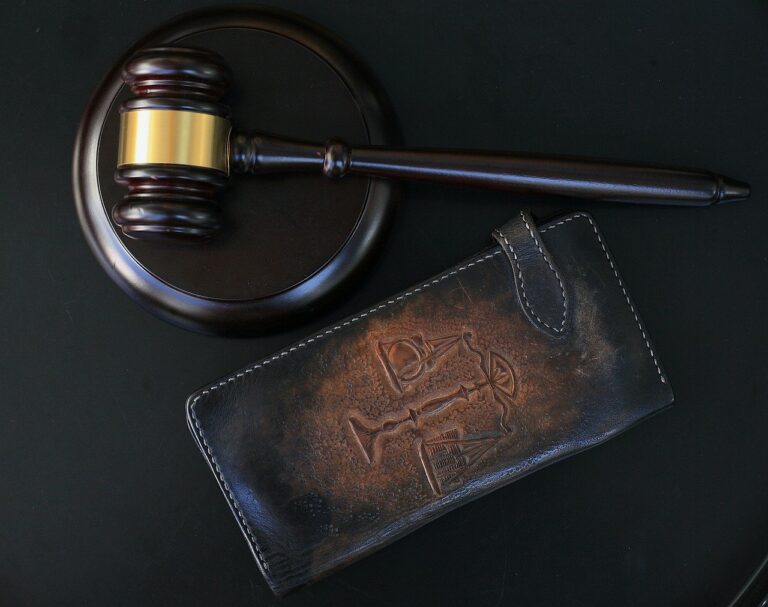The Power of Custom Booklets: Enhancing Brand Communication and Engagement
Key Takeaways
- Custom booklets are practical tools for branding and communication.
- They offer a tangible way to engage with audiences.
- Design and content quality are critical for the success of booklets.
- Custom booklets can be used in various contexts, from corporate events to educational materials.
Introduction to Custom Booklets
In a time where digital communication reigns, personalized booklets are effective instruments for companies, schools, and non-profit organizations to stand out. They offer an engaging way to present information, build a brand, and connect with audiences. Unlike digital content, booklets provide a tangible experience that can make a lasting impression. The tactile nature of booklets adds a layer of credibility and engagement that purely digital media often need to improve. Booklet printing can be a game-changer for businesses leveraging this medium, turning abstract ideas into something physically real and impactful.
Why Choose Custom Booklets?
Custom booklets are versatile and can be tailored to meet specific needs. They are used for branding, marketing campaigns, educational purposes, and more. Their tangible nature appeals to many, making them a memorable way to communicate critical messages. For instance, in a crowded trade show, a well-designed booklet can set a company apart, providing attendees with a lasting memento that reinforces their message long after the event has ended. Booklets can serve as practical study guides or course materials in educational settings, making complex subjects easier to grasp through structured and visually engaging content. The versatility of custom booklets means they can be used in almost any context, making them an invaluable asset for any communication strategy.
Design Quality Matters
A poorly designed booklet can do more harm than good, often leaving a negative impression that can be hard to overcome. Investing in high-quality design and printing is essential to ensure that your booklet reflects the professionalism and quality of your brand. Consider elements like color schemes, font choices, and the overall design to form an attractive and unified booklet. High-quality imagery, balanced white spaces, and thoughtful typography can transform a simple brochure into a powerful branding tool. The design should attract readers and make them want to keep turning the pages. Moreover, using high-resolution images and well-thought-out graphics can significantly enhance the visual appeal, making your booklet informative and a delight. Paying close attention to detail during the design phase ensures that all elements come together seamlessly to convey a professional and refined image.
Content is King
While design catches the eye, content holds the reader’s attention. Ensure that the information presented is clear, concise, and valuable. Quality content educates, engages, and motivates the reader to take action. The content should be well-researched and professionally written, Whether for educational material, event programs, or product catalogs. Poorly written or irrelevant content can quickly turn readers away, while compelling and relevant content can turn a simple booklet into a powerful tool for engagement and conversion. Effective content balances informative text with engaging stories, clear calls to action, and illustrative examples to make the information digestible and engaging. Furthermore, consider including testimonials, case studies, or success stories that highlight real-life applications, which adds credibility and relatability to your message.
Applications of Custom Booklets
- Corporate Events: Custom booklets can serve as event programs, speaker bios, or informational handouts, providing attendees with all the information they need in a polished, professional format. These booklets can also include schedules, maps, and other essential details that enhance the event experience for participants.
- Education: Custom booklets are practical for distributing educational content, such as course materials, study guides, or informational pamphlets that provide valuable resources to students and educators alike. They can simplify complicated subjects into easily understandable segments with the help of diagrams, visuals, and summaries to assist in learning.
- Marketing: Custom booklets can serve as product catalogs, brand storybooks, or promotional materials, providing potential customers with detailed information about products and services and compelling narratives that build brand loyalty. They allow for a deeper exploration of your offerings, presenting them in a curated, visually appealing format that digital ads often can’t match.
Real-Life Examples
Many organizations have successfully used custom booklets to enhance their communication strategies. For example, a local charity used them to highlight their annual achievements and fundraising efforts, which helped boost donations and volunteer signups. This tangible reminder of the charity’s work significantly impacted their community outreach, providing donors and volunteers with a straightforward, concise, and compelling narrative of their contributions. Another instance is a small business that created product booklets to showcase its offerings during a trade show, resulting in increased inquiries and sales. The booklets provided a comprehensive overview of the products, supplemented by high-quality images and detailed descriptions, simplifying the process for potential clients to comprehend and value the products or services. Such examples underscore the versatility and effectiveness of custom booklets in different contexts, proving their worth as a valuable communication tool.
Tips for Creating an Effective Custom Booklet
- Know your audience: Tailor the content and design to meet the needs and preferences of your target audience. Knowing your booklet’s target audience helps craft content that connects and captivates effectively. Gather information about your audience’s preferences and interests through surveys, focus groups, or analytics.
- Plan the layout: Organize the content logically and ensure a clean, easy-to-read design. A well-planned layout makes it easier for readers to find the information they need and enhances their overall experience. Utilize different formatting techniques, such as headings, subheadings, bullet points, and numbered lists, to divide the content into more digestible sections.
- Use high-quality images: Visuals can significantly impact, so invest in professional photography. High-quality images add credibility and can help to illustrate points more effectively than text alone. Consider employing a skilled photographer or utilizing high-quality stock photos matching your brand’s style.
- Proofread: Ensure that the content is error-free to maintain credibility and professionalism. Spelling and grammar mistakes can divert readers’ attention and weaken the message’s credibility.
Conclusion
Custom booklets are more than just printed material; they are effective instruments that can improve your brand’s communication and engagement initiatives. By focusing on high-quality design and compelling content, you can create booklets that leave a lasting impression on your audience. Custom booklets can significantly impact your marketing, education, or corporate communication strategy. They offer a tangible way to engage with audiences, providing valuable, memorable, and impactful information. So, invest time and resources in creating top-notch custom booklets to elevate your brand’s communication. The combination of visually appealing design, high-quality content, and strategic distribution can make your custom booklets a cornerstone of your communication efforts, driving engagement, understanding, and action among your target audience.
Stay in touch to get more news & updates on Franciscotribune.com!






